وليام أشيف
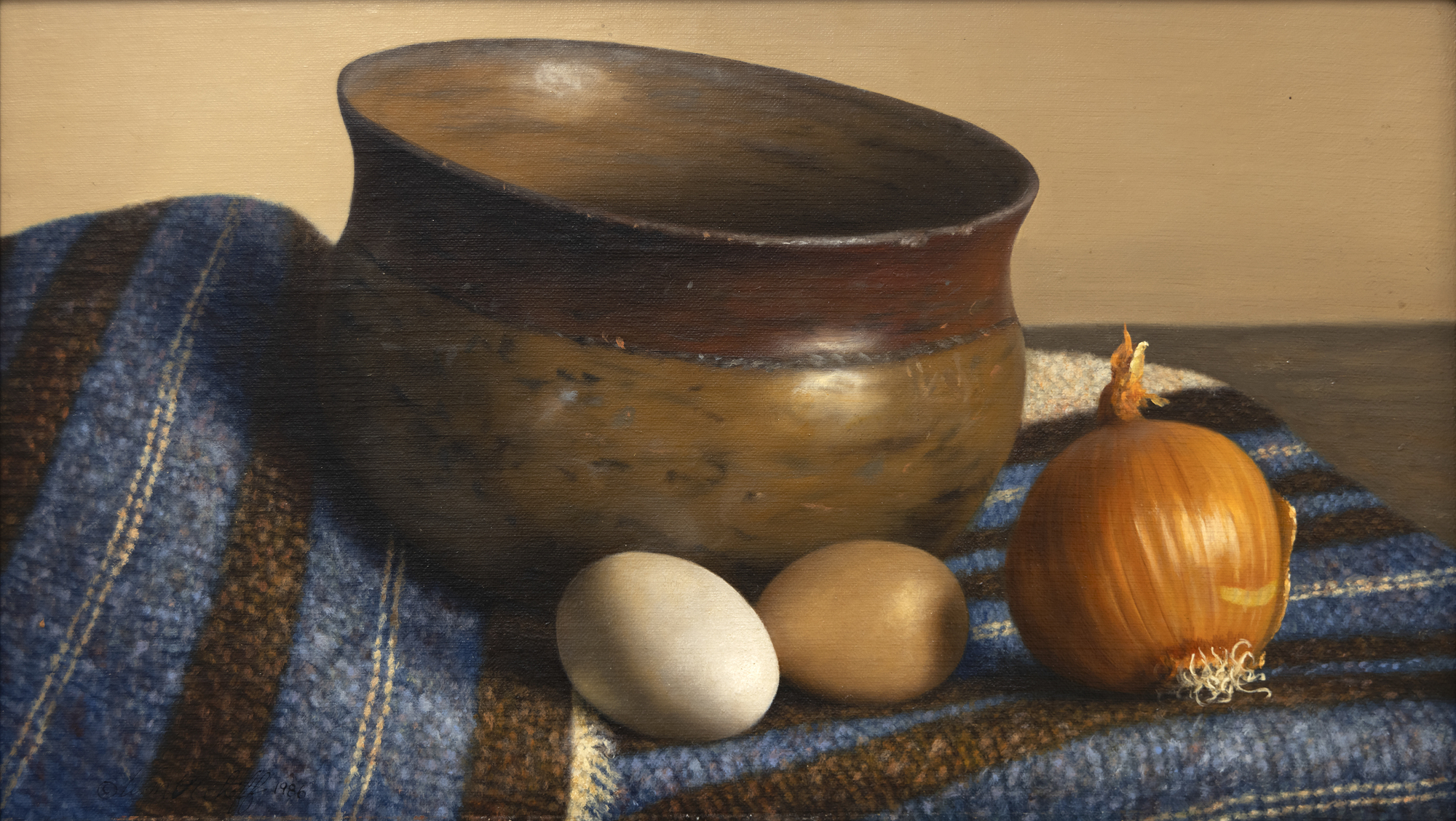
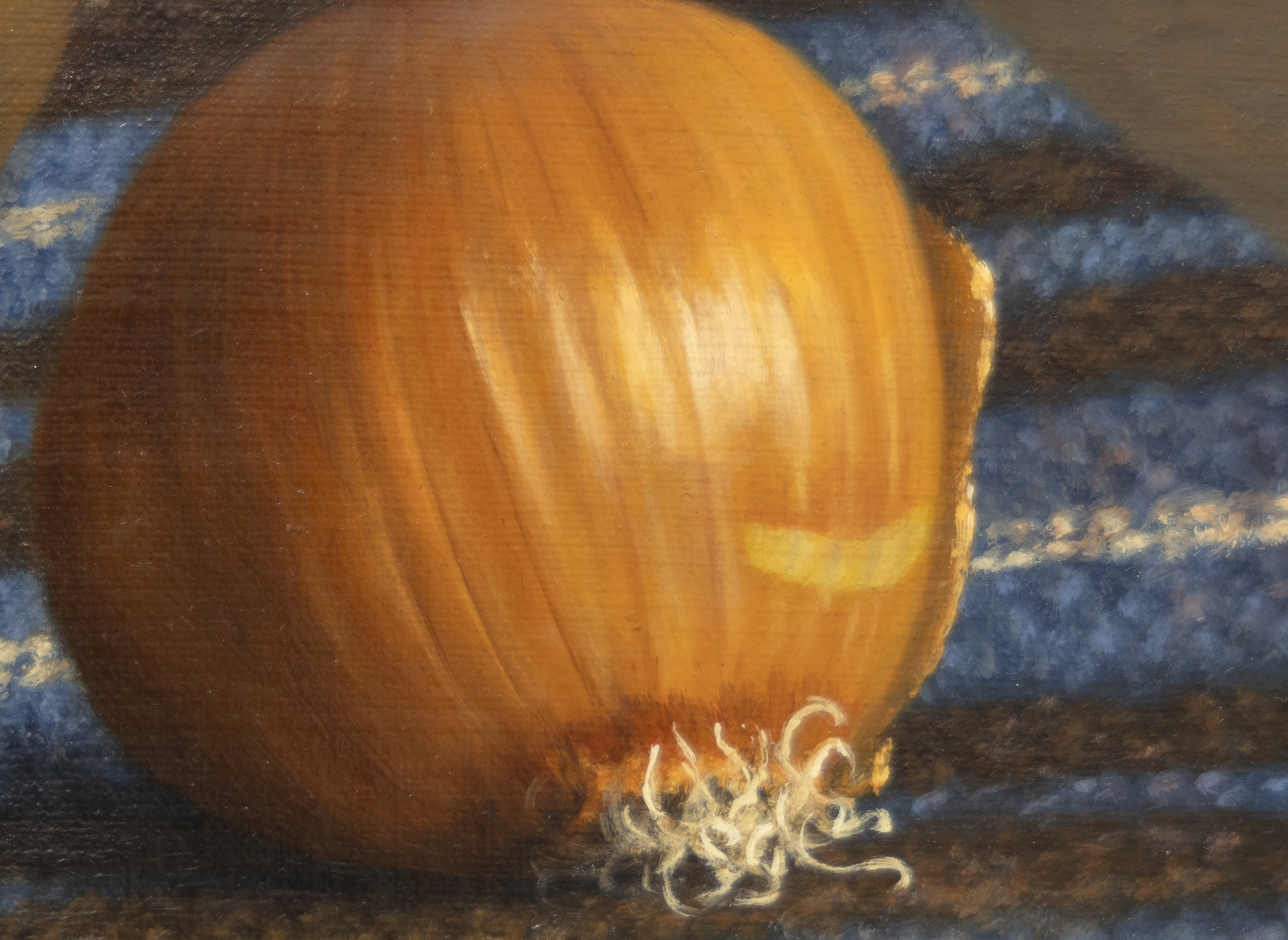
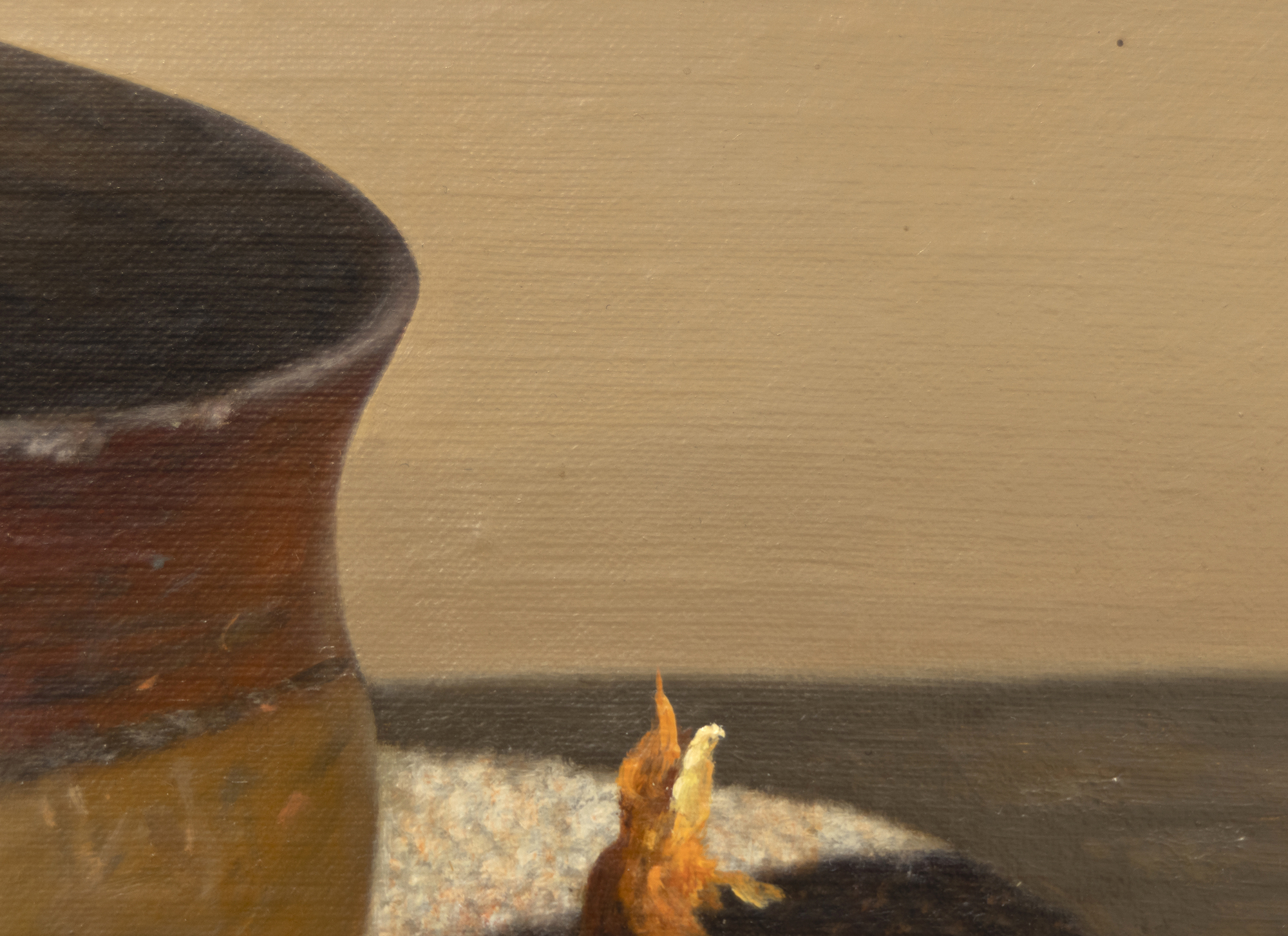
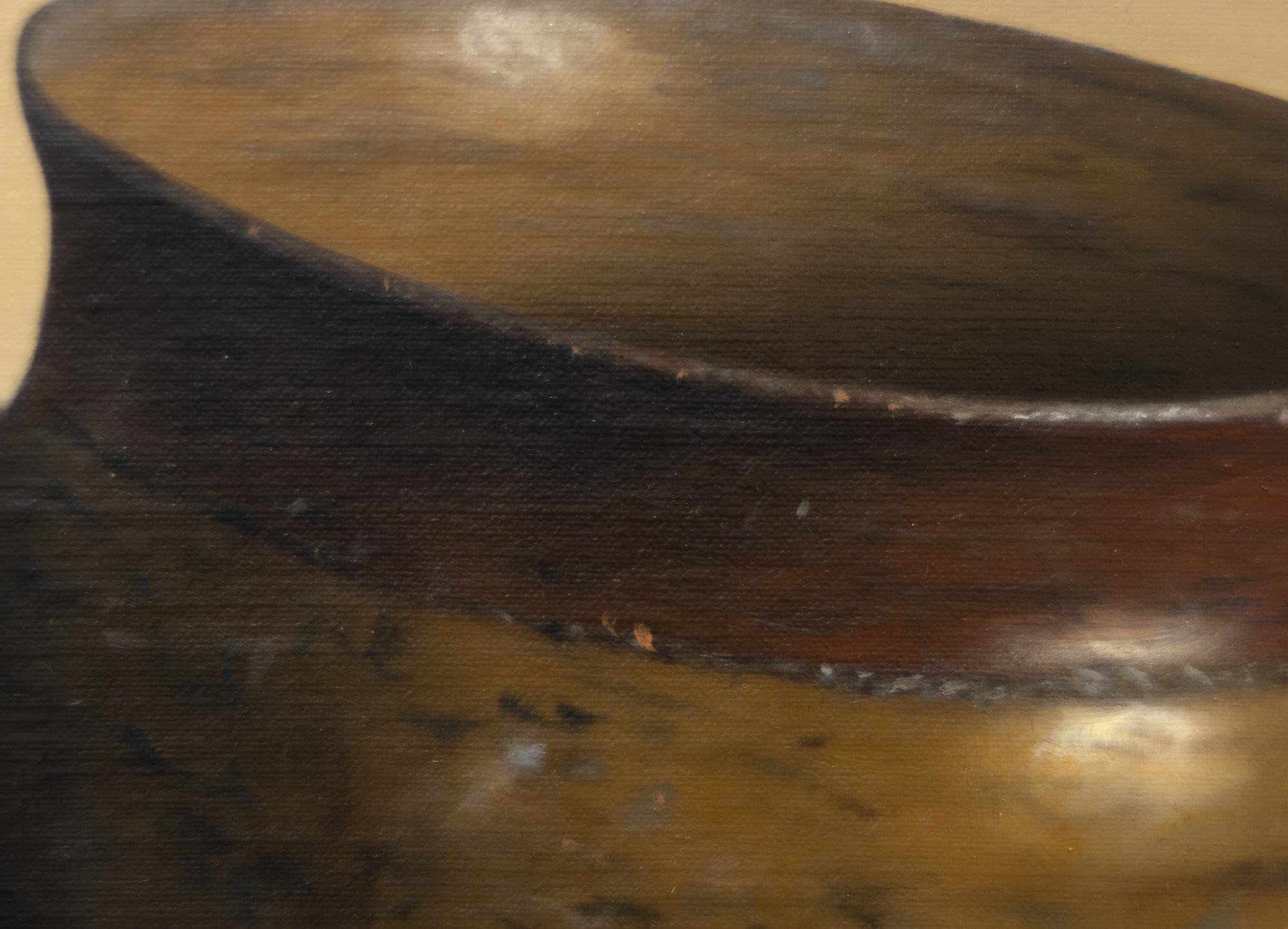
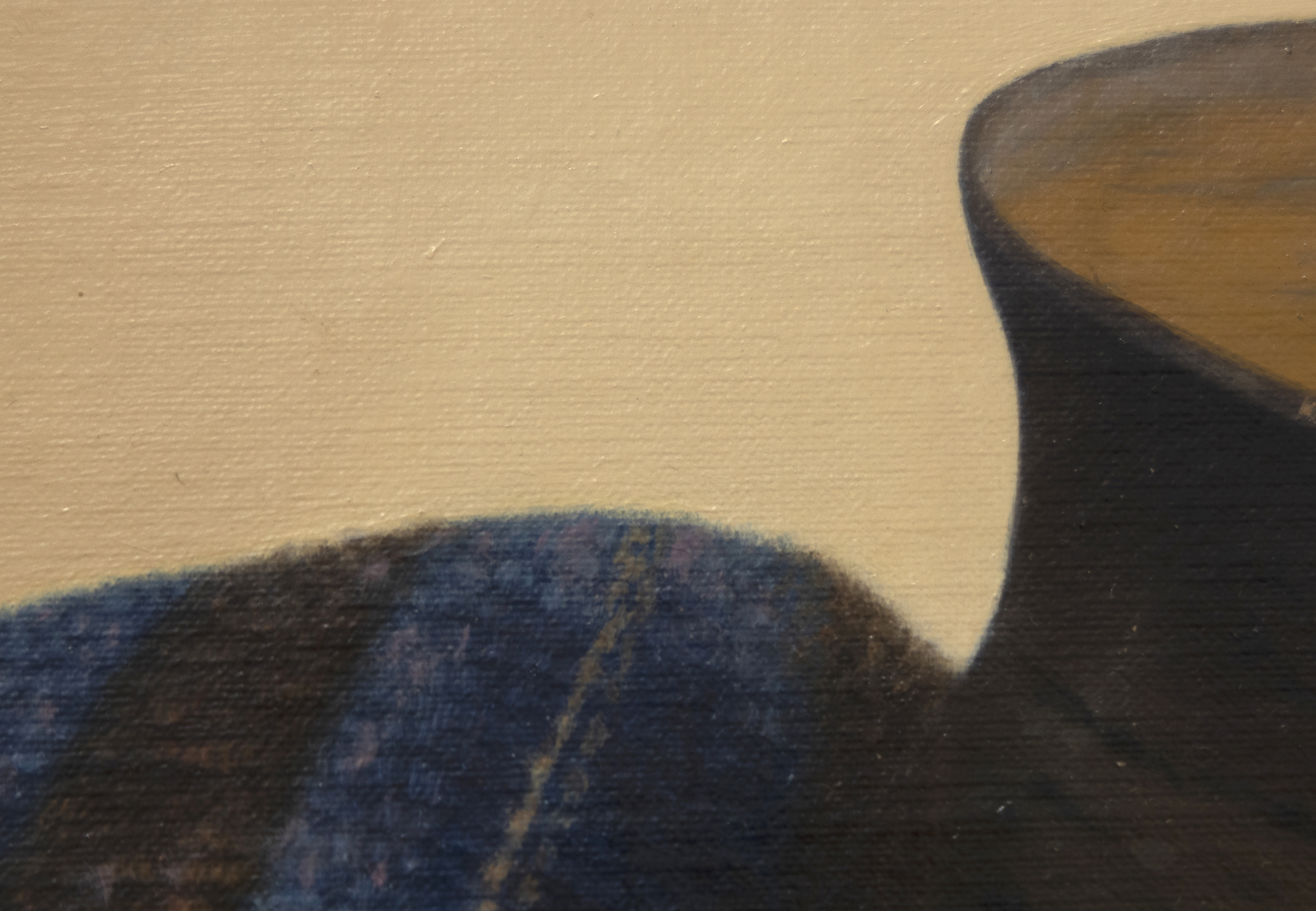
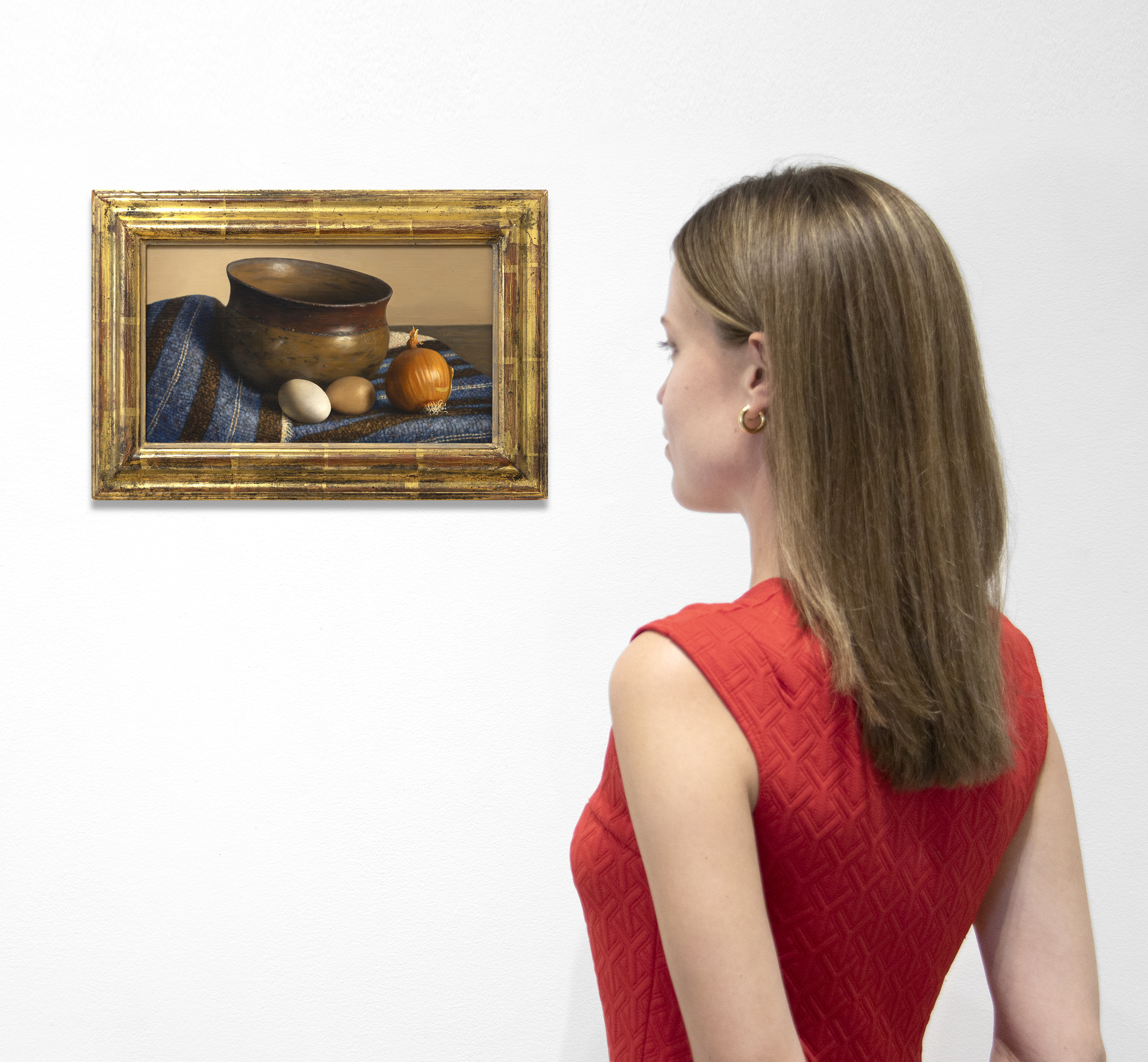
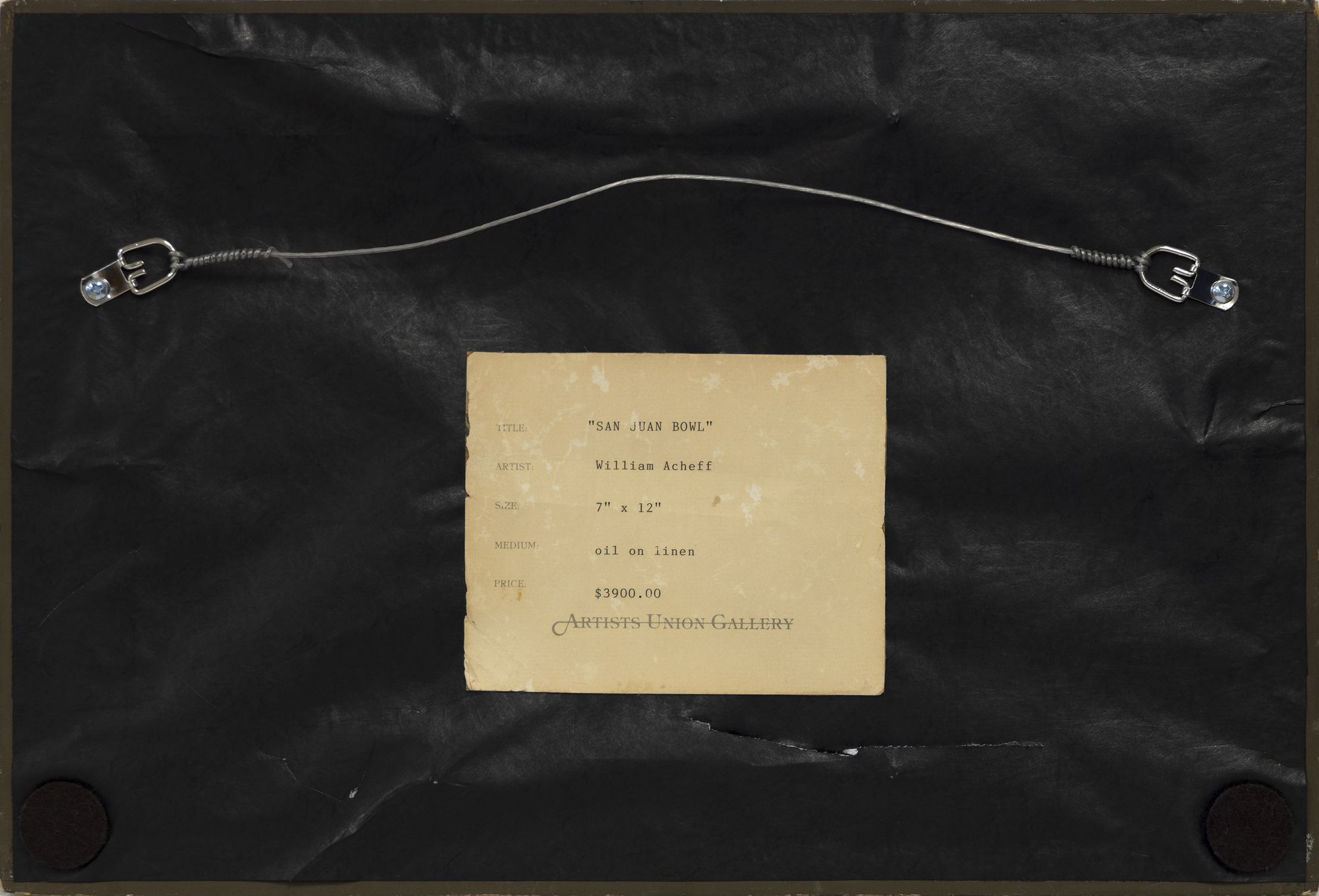
الاصل
مجموعه خاصهالوعاء الموضح في المثال الحالي مأخوذ من سان خوان ، وهو بويبلو غني بتقليد صنع الأواني الفخارية للاستخدام الوظيفي. على الرغم من أن الأشكال الأنيقة المبكرة والمنحنيات الجميلة انتهت بحلول أواخر القرن التاسع عشر ، إلا أنه تم إحياؤها في ثلاثينيات و أربعينيات القرن العشرين عندما درست النساء المحليات الفخار القديم من المنطقة كأساس لوعاء مثل الذي يصور هنا. بدلا من "سان خوان" ، يفضل السكان الأصليون الاسم التقليدي Ohkay Owingeh والذي يعني "مكان الشعب القوي".


